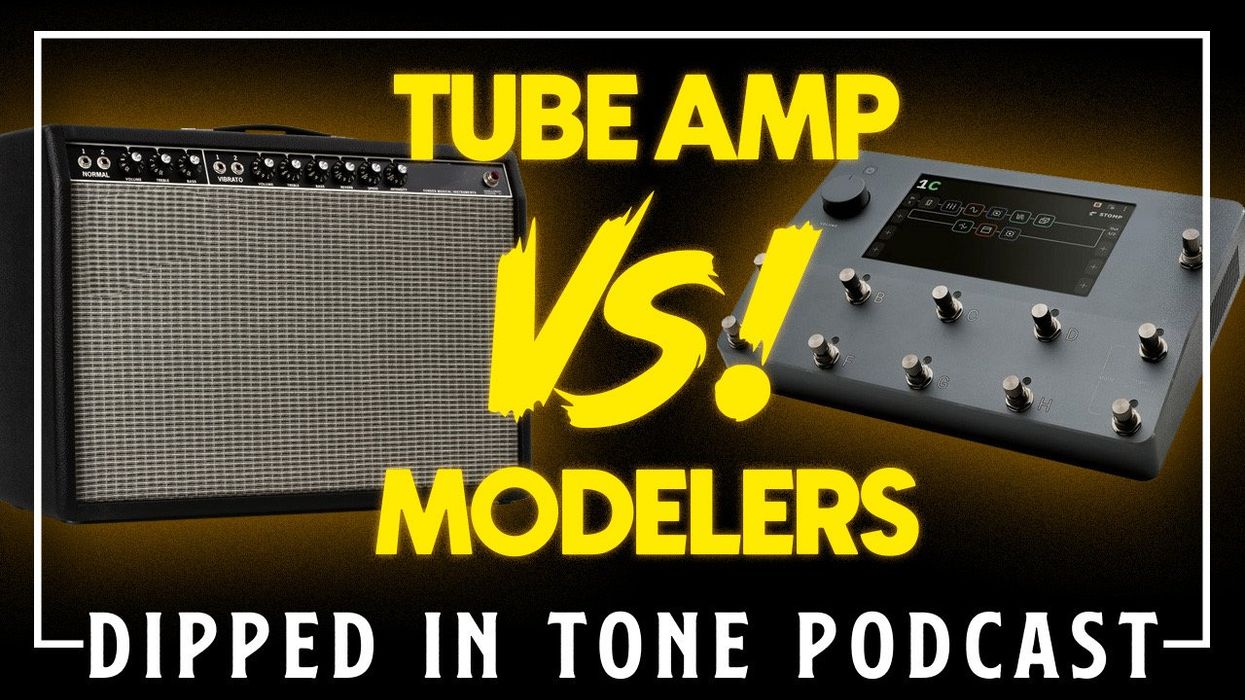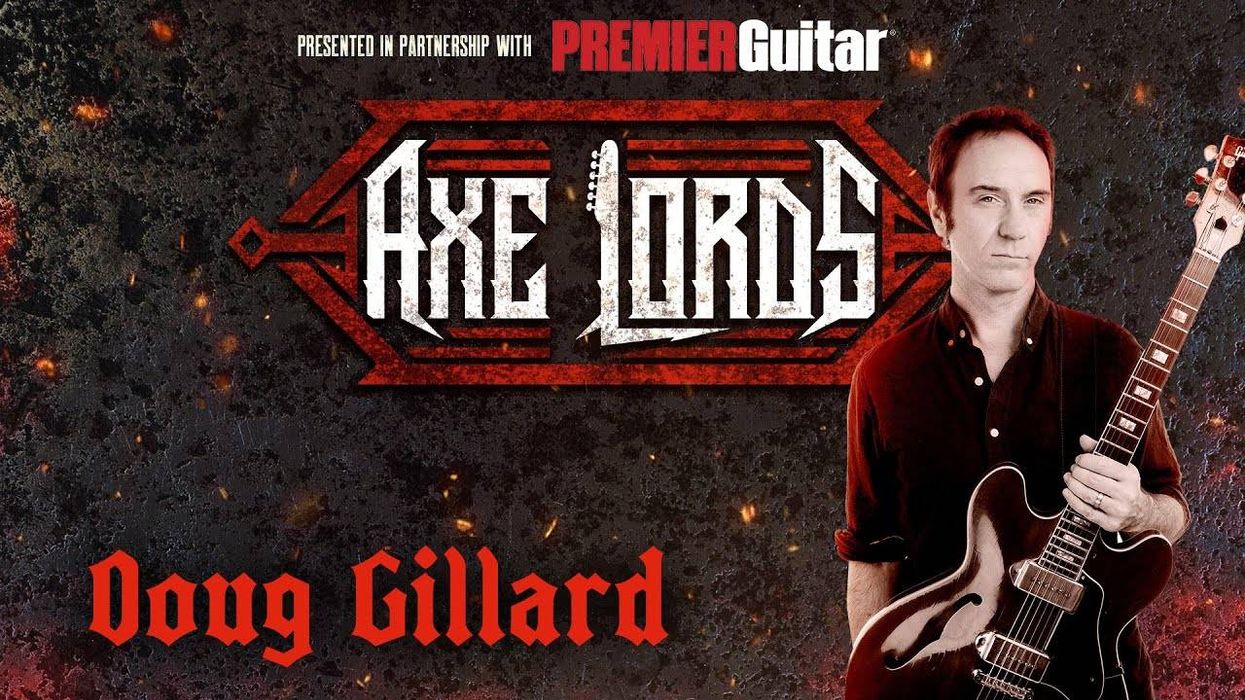As young players go all in on digital amplification, Rhett and Zach make the case for old-school air-movers.
Dipped In Tone has touched on the Great Amplification Wars before, but this episode is dedicated to the conflict, and to one nagging question: Do tube amps still matter?
Rhett and Zach have plenty of experience with modelers and profilers, from DI floor units to head-and-cab rigs to combos. They both readily admit that they sound killer in many contexts, and their convenience and dependability are hard to argue. So why do they think vintage valve amps still come out on top?
To answer that question, our hosts look at a range of factors, including dynamics, reactivity, and sonic fidelity. But the most important pieces are the physical feel and atmosphere that a cranked tube amp produces—it’s a nearly indescribable experience for Rhett, but watching him try is pretty entertaining. And while modelers can streamline inefficiencies, they can also create new ones, as Rhett learned during a busy day of gigging in Nashville with a pedalboard amp.
Even so, why should young players raised on digital amplification and the ease of direct-to-laptop home recording care about tube amps? Rhett and Zach make an impassioned, considered case for their favorite and most flexible tube boom boxes, modeling be damned. And stick around for news about a brand-new Mythos pedal.


















